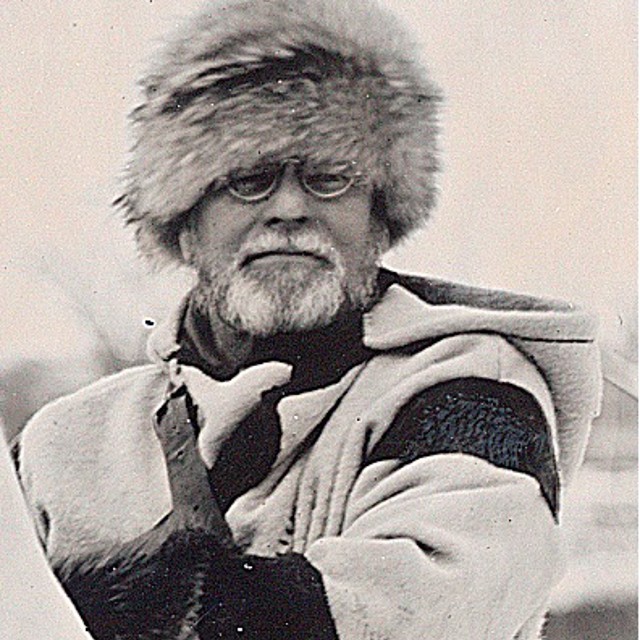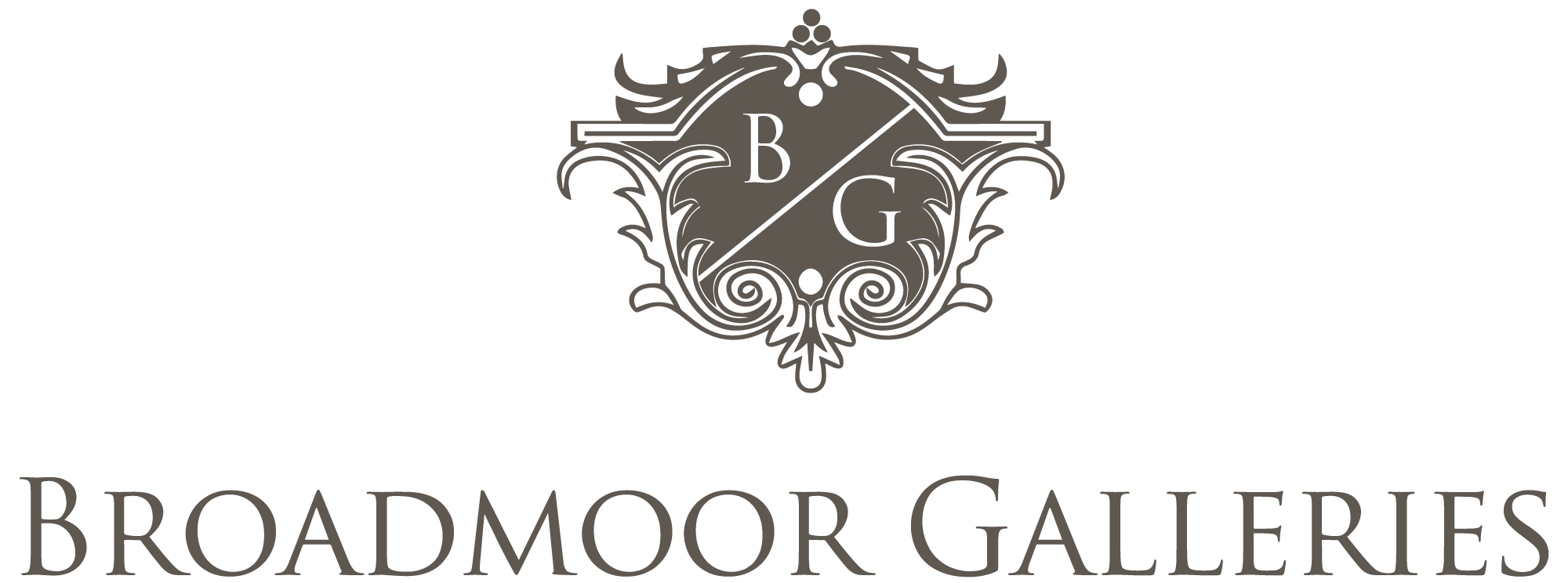BIOGRAPHY

Charles Fritz’s paintings are an honest approach to the world around him, depicting the landscape, life and history of the Rocky Mountain region. In explaining his style, he describes himself as an outdoor artist, preferring to paint on location, a strenuous and time-honored approach to the changing moods of nature. His paintings, noted for their accuracy, are the product of comprehensive research. Subject matter, composition, design, technique, and surface texture are all areas of particular interest for Fritz.
Born in 1955, Charles Fritz grew up in Mason City, Iowa, studying history and education at Iowa State University in Ames, Iowa. He left teaching to pursue his art and has worked exclusively as a professional artist for the last thirty years. His move to Montana in 1980 strengthened his interest in the history of the Great Plains and the West, which is apparent in the evolution of his work. Today he paints historical subjects in vast, luminous landscapes while residing in Billings, Montana with his wife and their two sons, Isaac and Erick.
During the Lewis and Clark Bicentennial of 2003 to 2006, his exhibit of seventy-two paintings traveled nationally to seven museums: the Montana Museum of Art and Culture, Missoula, Montana; the Oregon Historical Society, Portland, Oregon; the National Cowboy and Western Heritage Museum, Oklahoma City, Oklahoma; the C.M. Russell Museum, Great Falls, Montana; the Booth Western Art Musuem, Cartersville, Georgia; the Yellowstone Art Museum, Billings, Montana; and the MacNider Art Museum, Mason City, Iowa.
His work has been included in countless museum exhibitions across the country, including the Prix de West Exhibit, National Cowboy and Western Heritage Museum, Oklahoma City, Oklahoma; Salmagundi Club, New York, New York; Albuquerque Museum, New Mexico; Artists of America Exhibit, Denver, Colorado; The Gilcrease Museum, Tulsa, Oklahoma; Great American Masters Exhibit, Cincinnati, Ohio; and the National Museum of Wildlife Art, Jackson, Wyoming.













